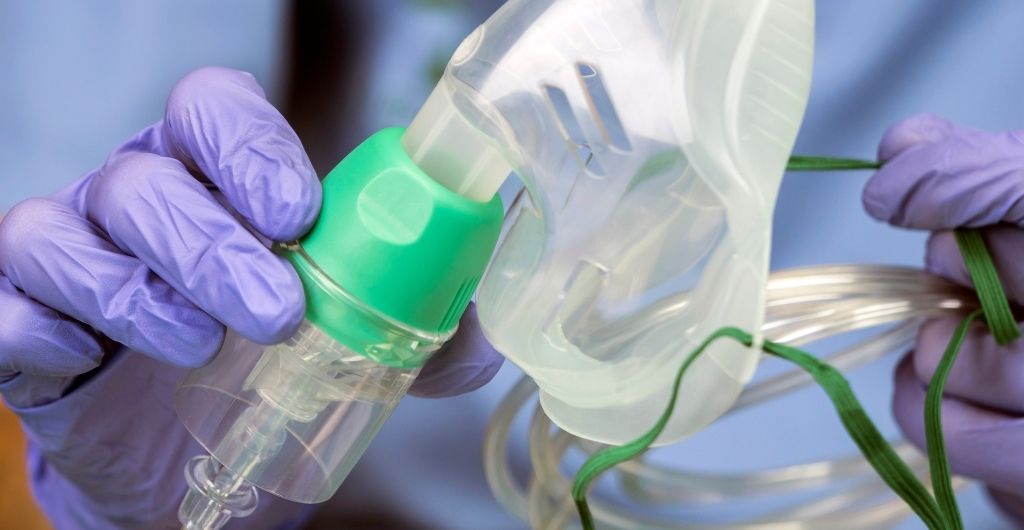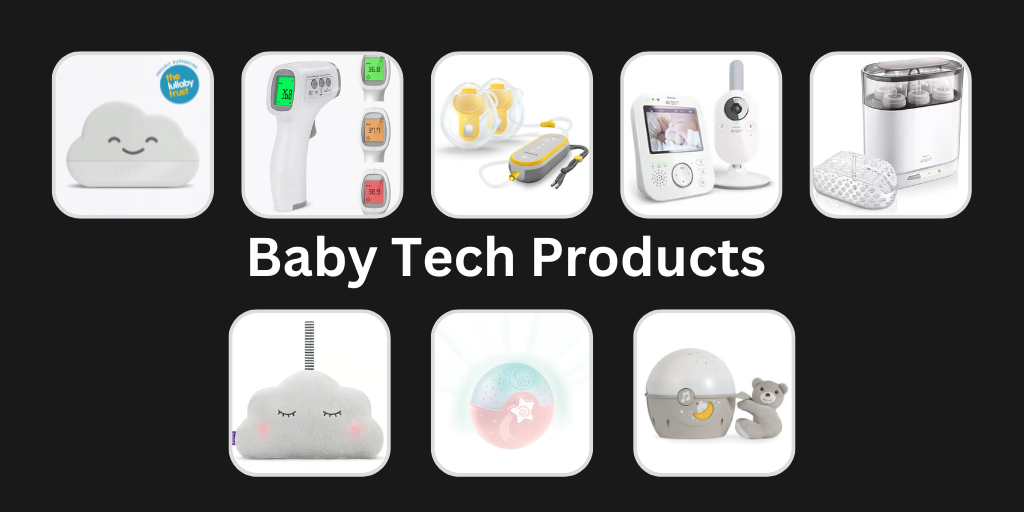
Nearly a third of hospitals in England reached maximum ventilator bed capacity during first wave of Covid-19 pandemic
- Study of occupancy rates for mechanical ventilation beds in England shows 30% of hospitals reached 100% capacity at some point during the first wave of the COVID-19 pandemic
- Researchers from University of Warwick, The Alan Turing Institute, University of Exeter and University College London found that capacity to ease pressure existed in nearby hospitals
- Attention was focused on spare bed capacity at the national level, but research reveals unequal distribution of demand locally
- Researchers call for real-time information on hospital occupancy data to be available to manage capacity
Thirty percent of hospitals in England reached their maximum occupancy levels for beds with mechanical ventilation support during the early stages of the Covid-19 pandemic, while the flagship Nightingale hospitals were under-utilised, according to a new study.
Academics from the University of Warwick, The Alan Turing Institute, University of Exeter and University College London are calling for lessons to be learned from the early stage of the crisis, so that the second wave of the virus can be better managed in hospitals.
The study is currently under peer review, however, the growing concerns around bed occupancy and the second wave have prompted the authors to release their findings prior to completing the peer review process. The work comprises a descriptive analysis of the daily bed occupancy rates for hospitals across England during the first wave of the virus. They analysed data from daily situation reports from individual hospitals made to the Scientific Pandemic Influence Group on Modelling (SPI-M) by COVID-19between 27 March and 5 June 2020.
They found that although occupancy of beds compatible with mechanical ventilation never exceeded 62% at the national level, 52 (30%) hospitals across England reached 100% saturation at some point during the first wave of the pandemic. It suggests that while national figures always showed spare bed capacity, the unequal distribution of demand meant that despite this capacity lots of hospitals reached unsafe occupancy levels.
In addition, the researchers examined how many hospitals exceeded bed occupancy thresholds recommended by the Royal College of Emergency Medicine (85%) and NHS Improvement (92%). Over half exceeded the Royal College of Emergency Medicine’s threshold, with 41.6% also exceeding the higher NHS Improvement threshold.
However, when the researchers analysed the figures at geographical level, based on the sustainability and transformation partnerships that they form part of, they found that there was almost always spare capacity. This means that there were nearby hospitals that could have eased pressure on those exceeding their recommended bed occupancy.
The research team argues that by making data on bed occupancy available in real-time spare capacity could have been better utilised and risk of over-burdening specific parts of the NHS lessened. Managing resources better must be important facet of the response to the second wave of the coronavirus, especially as it appears likely to coincide with the additional demands on beds seen during the winter months.
Lead author Dr Bilal Mateen was an Honorary Researcher with Warwick Medical School when the study was conducted, and is a Clinical Data Science Fellow at The Alan Turing Institute. He said: “High-quality information available to front-line staff is a vital component of an effective public health response, and here we demonstrate that England has that data, the question is, why aren’t we using it?”
The research also examined capacities of the Nightingale field hospitals, created to provide extra beds to support local NHS services during the Covid-19 pandemic. These never exceed 1·23% bed occupancy and as these were located in areas of particular high demand on services, such as London and Birmingham, were well placed to ease pressure on existing hospitals. Private hospitals also made beds available to support local NHS services but at their peak only 18.7% of that capacity was used.
Professor Sebastian Vollmer, from the Mathematics Institute at the University of Warwick and a Turing Fellow, adds: “Visualising raw hospital occupancy data reveals a gap in load sharing in the first wave – we hope that this issue gets the attention it deserves.”
Dr John Dennis, Research Fellow at the University of Exeter Medical School, said: “Our study shows the potential benefit of using real-time information to inform management of hospitals during the second-wave of the pandemic, and making this information available locally, regionally and nationally. Doing so could enable hospitals to maintain safe occupancy levels and can provide the best possible care for patients.”









